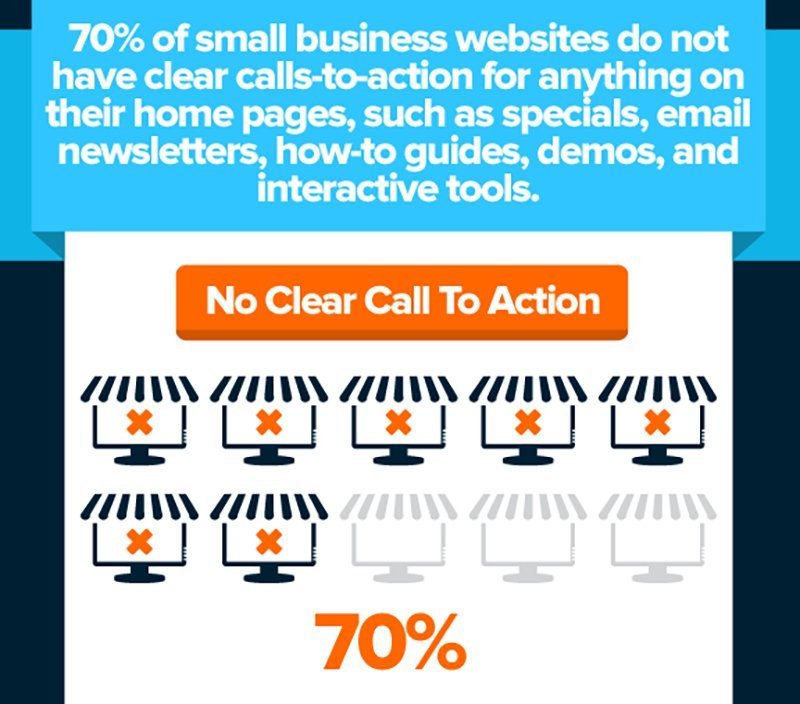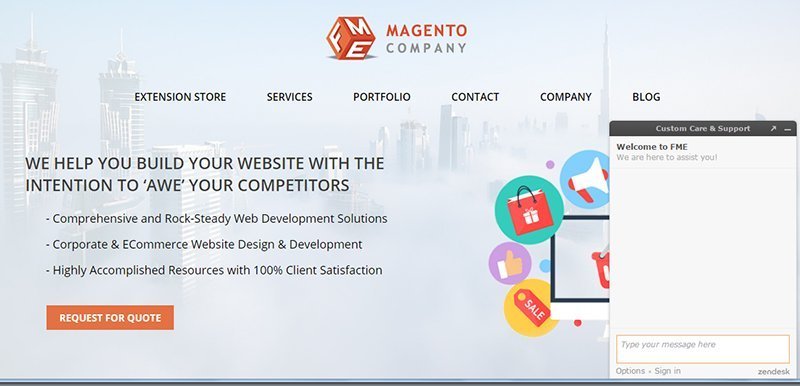The most radiant quality of a good user experience design or UX is when the user can really tell if there is a user experience to it. A website design that is full of elements yet simple enough for the user to interact and find the required information is a UX design worth the admiration. In e-commerce, UX can mean the difference of being sold on sight or left on the shelf for dust. A recent survey showed that about 38% of users will stop engaging with a website if the layout or content is inconvenient. But a redesign can help you out from this pickle without any overburdening costs if you play this right. Here are 7 UX tips to make your redesign fail proof.

Set Out Your Goals
Defining a purpose to your website is among the foremost tasks in redesigning. Even though every website has a specific target niche or product sector, its imperative that you evolve your goals to broaden the horizon. Most designs that fail in grasping the user’s attention lack a center of gravity where everything can depend. Customers see websites with the same purpose of engagement, promotion and selling all the time. To stand out you must add flare to your design that reflects more than just informational repository or marketing. Promote communication by providing your users the means to interact through live chat portals, commenting logs and online quote generators.
Make User Understanding Work
The visual detail and aesthetics are elements that no web designer can ignore. However, a redesign does not mean your web design lacks in this sector alone. Put your personal preferences aside and choose designs which look and feel good according to the user’s perspective. The sole purpose of your website is to give your company a representation in the online platform, but if its fails to appeal the user no traffic will be directed there and eventually the competition will eat your business alive.
To avoid any such fiascos, make sure your designs are driven on user personas that explore the appealing aspects of user-website interaction. Keep close tabs on your competitors and learn about the ongoing trends in the market to add fluidity to your web design.
Concentrate Efforts on Homepage

Latest statistics have revealed that more than 70% of small business websites do not have clear call to actions on their homes pages. A Home Page of a website is the face of your online presence. It represents your core content, your business goals and ideals before any other page does. It is the first opportunity a user gets to know about your platform. To set a good lasting impression, make sure your banners are large and clear. Show your interactive elements without compromising the space around them. Deploy your CTAs where they count and open access points to communication by adding live chat features. A pop-up window wont hurt anyone if you exhibit it on the right time. A badly optimized home page is like a face that doesn’t know how to smile. An ideal example is FMEextensions. This website has deployed a well placed and color themed CTA on their homepage to attract maximum attention. They have also added a live chat feature to engage the user with customer support.
Never Sideline Basic Functionality

Source: FME Dubai
Most designers often take off by adding sophisticated and top tier changes while redesigning the website. Although these changes are focused on generating ROI, many small functionalities get sidelined during this process. This is where things get off hand. You cannot start with bells and whistles and expect the web design to appeal the user in terms of functionality. What looks crude sometimes is what makes the user convert. Try focusing on the analytics and introduce new ideas for navigation and content. There is a lot more than what meets the eye when it comes to usability so make your basic structure appreciable when it comes to that.
Get it Mobile Friendly
Making your UX web design more user friendly heavily relies on era appropriate technology. One of the reflection’s of today’s technology is mobile commerce. Any website that seeks to set its benchmark on the internet knows well enough to bring mobile users into its fold. But without the integration of responsive design, your website is as useful as a bucket without a bottom when it comes to mobile devices. Handheld devices such as smartphones, tablets and iPads require screen resizing to make the website accessible and usable. Responsive design integration allows the website to become scalable and fast without compromising the usability. The technology has no limitations in the future since most computing devices are now becoming mobile with moderately small screen sizes. It is only a matter of time when when mobile commerce becomes the leading source of revenues in ecommerce websites around the globe.
Make Your Web Design SEO Friendly
SEO or search engine optimization is the air every website breathes and without its sustenance no website can survive. A redesigned website that ignores SEO is as vulnerable as a chain of dominos waiting for that flick to collapse everything you have built. Since most popular search engines are working on automated smart algorithms to rank content, any shortcoming in your SEO efforts can derail your position where results matter. A web design that has optimized its content with meta keywords, titles and descriptions will have a rewarding place in Google SERPs. This allows users to easily find relevant and good quality content without wasting their time on irrelevant links.
Partners are Catalysts to the Web Design Process
Creating a successful website all by yourself is not an unachievable feat. However, the time taken to secure it could compromise your business goals in the long run. To keep things at a favorable pace without compromising deadlines, adding partners to your gig is not a bad option if you share the same perspective.
It could be a tight budget holding back your top notch design ideas, or the absence of good team of writers to produce quality content. A little help from here and there wont solve this in the long haul, and that is why you need a dependable source to help your web design get the appropriate funds and attention. A partner who shares your design principles can help with resources and workload so a tangible UX can be produced without conceding your business goals. To make sure you are in good terms with your partners, collaborate more often and open multiple lines of communication with them. This will help you set up a transparent mode of interaction which will streamline approval process and achieve you design targets before hand.
Conclusion
These 7 tips might sound a little generic at the first, but our teams have been in and out researching to find plausible explanations on why most web redesigns fail and all clues have pointed to these 7 solutions. If you integrate these tips in your redesign, your website will not only generate the ideal UX it was sought out to, but also make up for the investment that you have put to thrust it to the top.
Author Bio: Asad Ali has been working as an Internet marketing expert for almost 7 years. He is currently working as leading executive in GO-Gulf – a Dubai website development firm where he is working on SEO projects, conversion optimization, & user experience.
